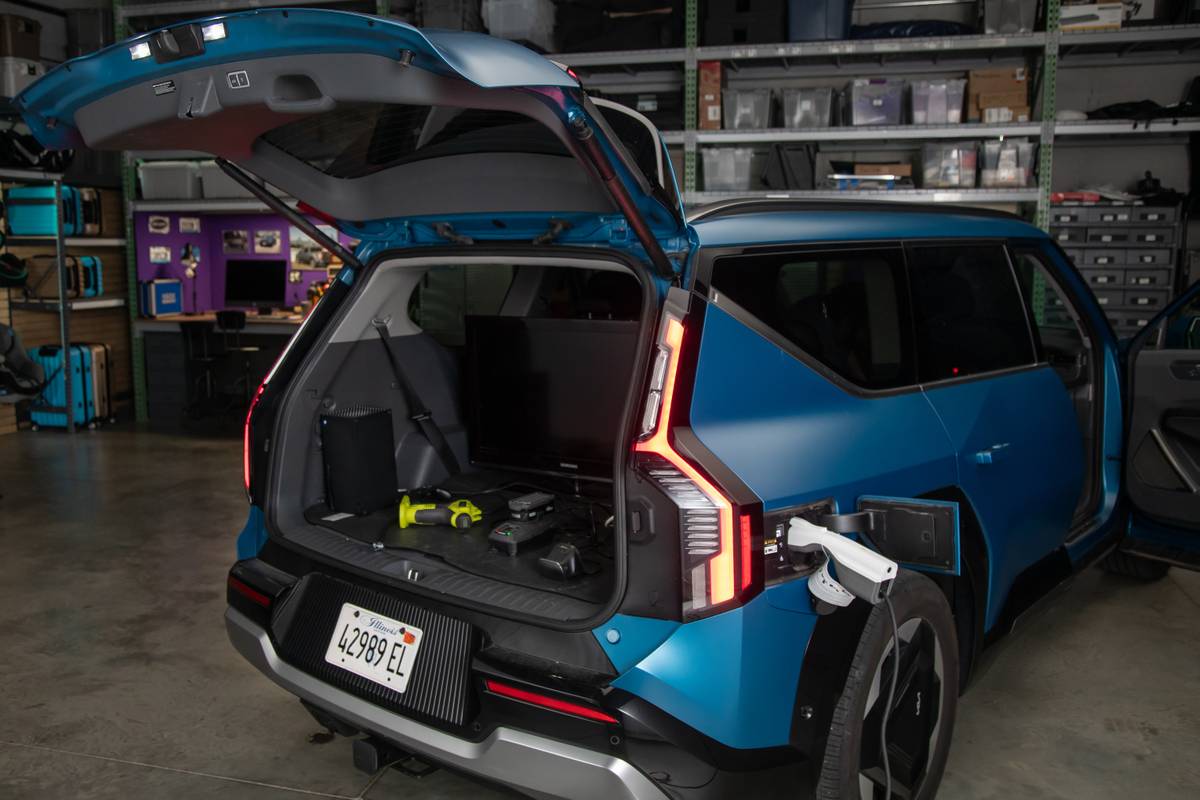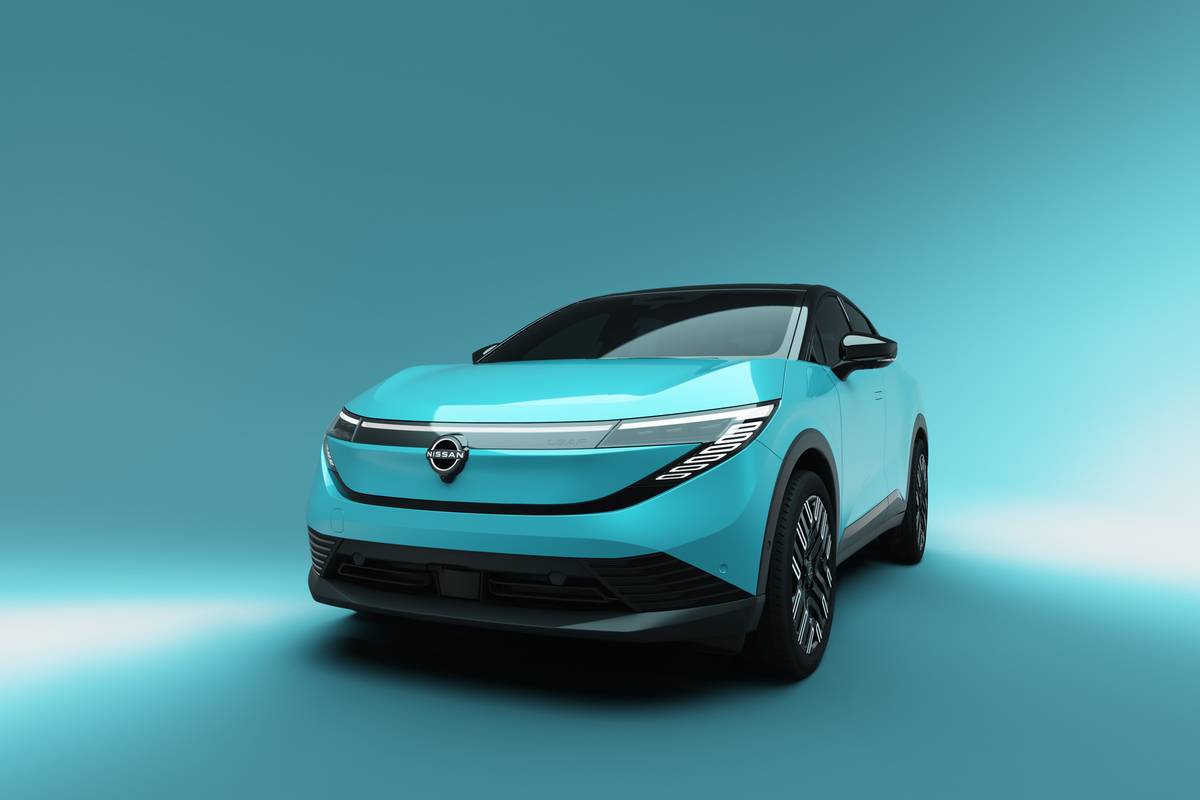IndyStar.com's view
One of the better-kept secrets at Chrysler Corp. is its Eagle models.
Chrysler didn’t plan it that way, but the Eagle nameplate never has become a household word like the company’s other offerings.
That is unfortunate, because Eagle models have been excellent examples of aerodynamic styling, advanced engineering and spirited performance.
“They have spent a ton of money in promoting consumer awareness of the Eagle name,” said Kevin O’Brien, president of Tom O’Brien Chrysler-Plymouth-Jeep-Eagle. “And it’s picking up.”
The 1996 versions of the Eagle carry the facets of engineering and performance in the Summit sedan/coupe/wagon models, the Talon sport coupe, and the Vision sport sedan. All offer respective features designed for specific needs of individual drivers.
The Vision TSi model is the one that comes to the forefront of advanced technology for ’96.
Powered by a single overhead cam, 24-valve V-6, the car goes the extra mile in the transaxle department with a four-speed transmission that Chrysler calls the Autostick.
Combining the distinct functions of an automatic and a stick shift in one unit, the Autostick is the answer to a driver’s prayer. It’s a gearbox that can be shifted at the commands of whomever is behind the wheel, or it does it all in an automatic manner.
The idea is not new, having been pioneered by Porsche in its 1990 Tiptronic transmission. This, however, is a pretty high-buck motor car. So the Vision is the first automobile to bring an automatic/stick shift gearbox to the masses, and as standard equipment in the Eagle TSi.
The Autostick’s goal is to enhance driver control and to give the enthusiast something to do other than just steer.
It is the essence of simplicity to use, and is located on the center console in the conventional position of automatic shift levers. The shift quadrant is marked top-to-bottom with the standard P (park), R (reverse), N (neutral), and D (drive). But at the bottom of the quadrant, things change.
The bottom of the conventional slot along which the shift lever slides is widened and marked with the symbol A/S (automatic/stick). There also is a plus sign marking to the right of the quadrant and a minus sign to the left.
To activate the automatic transmission into a stick shift mode, just drop the shift lever all the way to the bottom, then go through the gears by tipping the lever either to the right or to the left.
Moving the lever to the right goes from first through fourth gear. Moving it to the left downshifts any gear from fourth to first.
You don’t have to run through all four gears to reverse a sequence. However, going up or down will engage the next gear. You can’t jump a gear as with a clutch and standard manual transmission.
Some of the principle advantages of the system — other than letting a driver play racer — are permitting a gear selection to minimize wheelspin on slippery surfaces; early downshifting for a quick pass; holding a gear longer for higher eng ine speeds in going uphill; or holding a gear for engine braking on steep downhill sections.
The Autostick is obviously the best of all worlds, and it’s a good bet that other American manufacturers are not going to let this concept go past without bringing out their own versions of clutchless automatic/manual shifting.
“It sets us (the Eagle TSi) apart,” O’Brien said. “There are no other American cars that have this. And those imports that do are very expensive automobiles.”
The base sticker on the TSi with its standard Autostick is $23,835.
The Vision, which O’Brien says is their best seller of the Eagle line, is more than just a unique transmission. The 24-valve V-6 produces 214-horsepower. Refinements in structural engineering have increased body rigidity, and the enhancement of acoustical treatment results in higher levels of quietness.
Latest news



